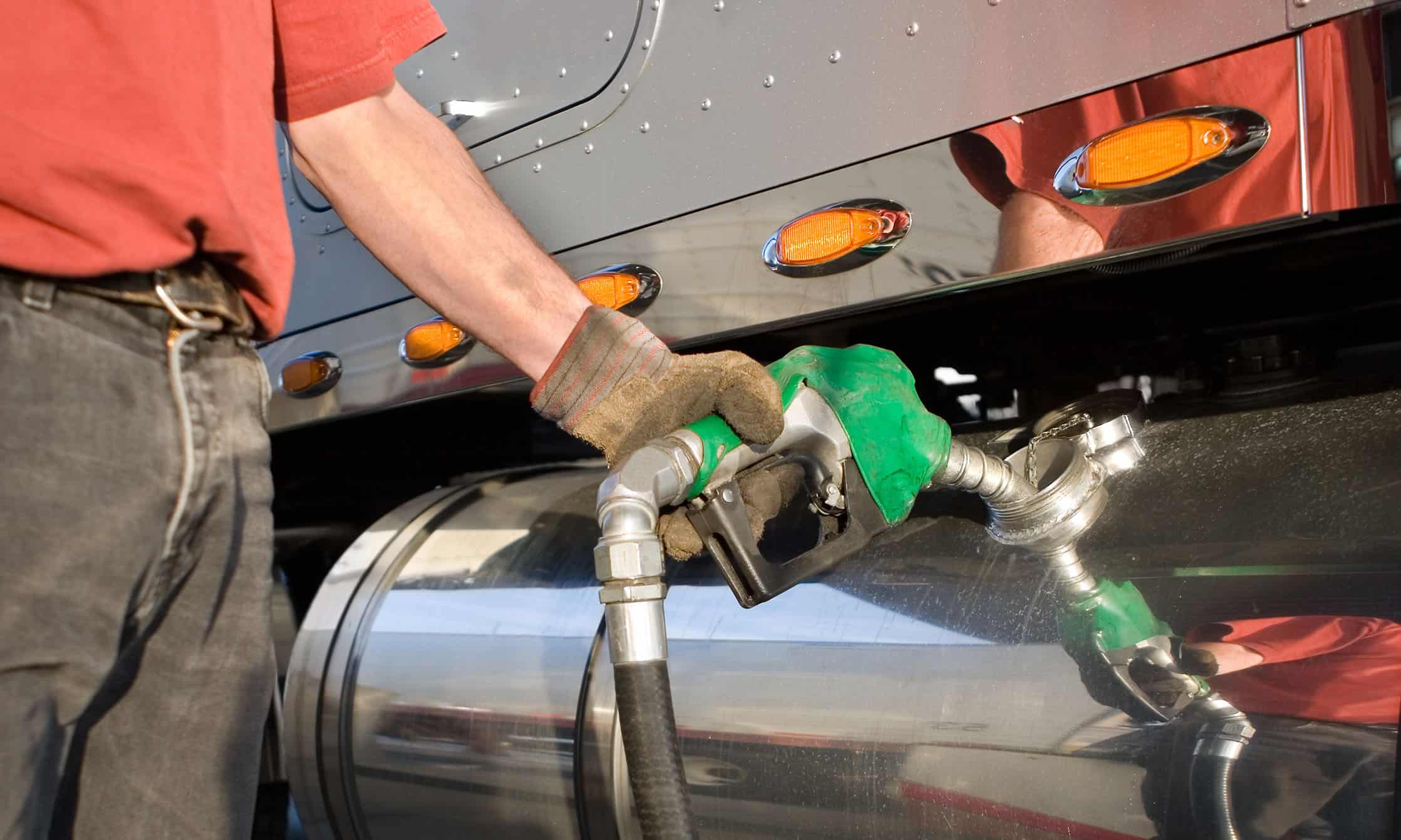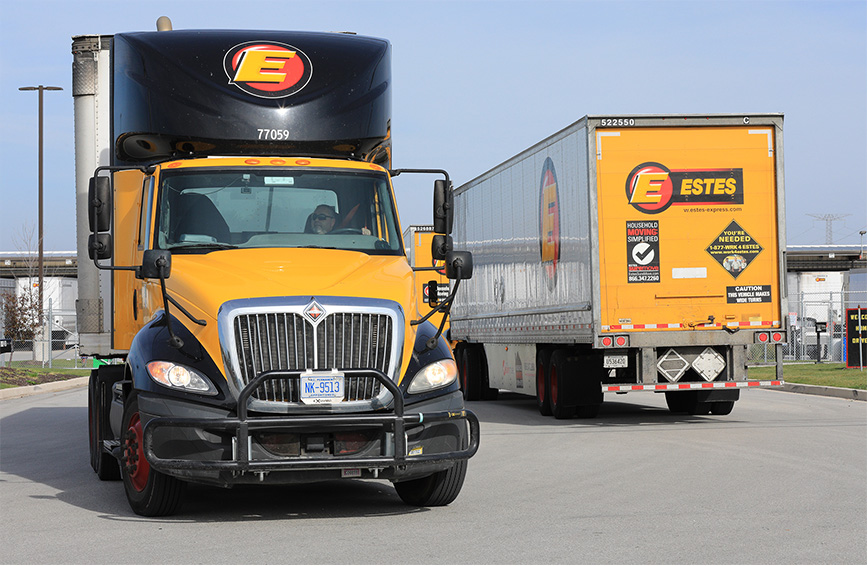Rising fuel costs can eat into your revenue and profits fast.
Even if you aren't paying for the fuel to get you to your destination and back, that price affects your paycheck. Improving your fuel economy by a single mile-per-gallon can save carriers a lot of money.
This post will look at how smaller fleets can combat rising fuel costs, both with and without technology.
Keep her tuned up
No one likes driving on an underinflated tire. Not only is it a safety risk–but it will also severely increase your fuel consumption. The lower the PSI of your tires, the lower your MPG will be. So keeping them inflated is crucial.
Temperature fluctuations and everyday wear and tear can affect your tire pressure, so check your tires often.
New tires are efficient and essential when you're using 18 of them to drive long distances. Cabs with wind sheers and trailers with curtains also help optimize efficiency.
Preventative maintenance is more critical for truckers than just about any other driver on the road. While a sedan driver may merely have an hour of their day interrupted, you stand to ruin your fuel economy by breaking down.
Keep your oil quality, batteries, connections, air filters, and all the other inner workings of your rig in top shape at all times. These little things can go a long way to countering rising fuel costs.
Ensure drivers remain fuel conscious
The faster you go, the worse your diesel fuel economy will be. Both wind resistance and drag pile up on trucks as your speed increases. You can burn upwards of 25% more fuel speeding up from 65 to 75 MPH. And the higher your RPMs, the more fuel you'll burn. Try not to exceed 1500 RPM and keep the needle somewhere between 1250 and 1350 PM to be safe and efficient.
Also, fill up when it's cooler outside.
It's not just an urban myth. Filling up before the sun has had the time to slow-cook the world (or well into the night after it's cooled down) means fuel volume will be lower. So make sure to schedule your refueling times around these hours! Since fuel expands with rising temperatures, you'll get more fuel for every dollar in lower temperatures.
And don't leave her idling.
Your truck doesn't burn fuel when it's not turned on, so there's no reason to keep it idling when you aren't moving. Any time you can turn the engine off is time you aren't burning fuel. And you're giving it a needed break. You can also avoid the crystallization of diesel exhaust fluid (DEF) on your fuel injectors, so it's a win-win.
Properly load trailers and strategically stack cubes
Avoid costly empty miles by consolidating loads where possible.
And for a better cube, stack lighter loads on top of heavier loads.
Plan more efficiently
New truckers need to realize the impact of a properly planned trip on their diesel fuel economy.
At first, you may think it's all about knowing exactly where you're going, but the journey is just as important as the destination. Be sure to look ahead at weather conditions, the best (cheapest) spots to refuel, and the times of day you'll need to stop to avoid long wait times.
Fuel prices have risen substantially over the last several months–making fuel costs a bit overwhelming for trucking companies, as these costs bite into their bottom lines.
Four ways technology can tackle rising fuel costs
What are small and midsized trucking companies to do? The answer is to make sure you earn money while your drivers are on the road.
The following four approaches can help you stay ahead of rising fuel costs:
1. Maximize miles driven
An intelligent TMS will feature a Gantt chart function where dispatchers can see an opening in a driver's schedule. Take a driver whose schedule has him delivering freight from Knoxville, TN, to Cleveland, OH, then returning to Knoxville. The dispatcher can see various loads available in Cleveland and book these loads to fill the truck, thereby avoiding deadhead trucking.
2. Optimize your loads
Choose a TMS that connects to load boards like DAT and uses automated freight-matching features typically reserved for enterprise systems and larger fleets.
Be sure your TMS uses the latest transportation optimization technology to find the best loads for your drivers by considering their hours of service (HOS) and personal preferences. Your TMS should also track all assets so that you know where drivers are located, along with all trucks and trailers.
3. Use automation to locate more profitable loads
Integrating with load boards lets you find your loads and use analytics and augmented intelligence to find the best loads.
These load board integrations give small and midsize truckload carriers easy access to automated freight-matching features typically reserved for enterprise systems and larger fleets.
4. Speed time to payment with freight factoring
By connecting to a freight factoring system–also known as accounts receivable factoring, invoice factoring, and sometimes accounts receivable financing-you'll get paid faster and have better working capital.
Ready to see how tech can help combat rising fuel costs?
LoadOps, the intelligent TMS, is the best tool for carriers who need to optimize their daily operations. It's built to help you find the most profitable loads, speed up factoring, and much more.


-2.jpg)

